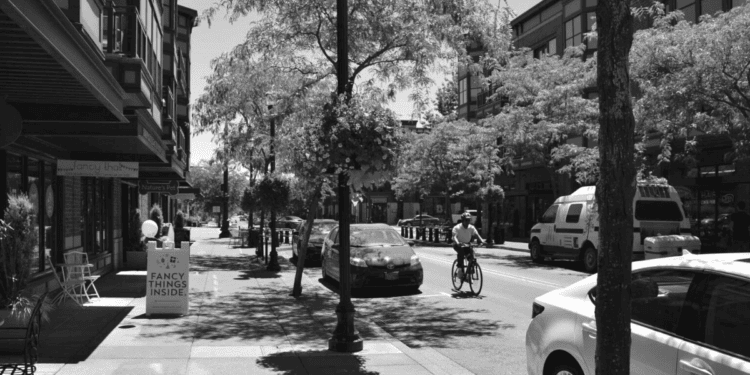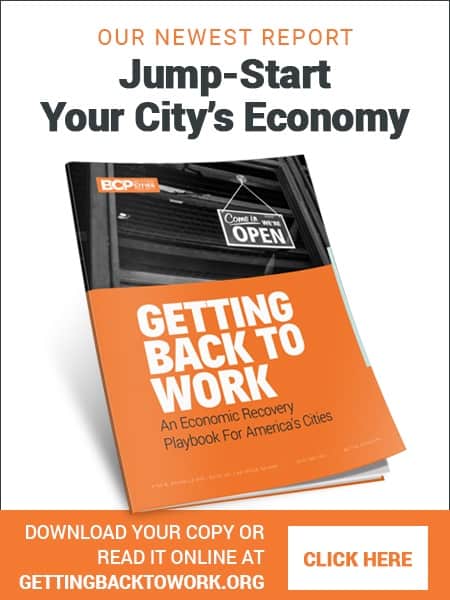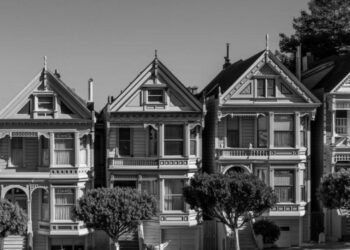The American Enterprise Institute released a report earlier this year on the benefits to walkable oriented districts. Among the main takeaways of the report are:
- Since the 1950s the focus of suburban development has largely been on the separation by function: residential from commercial and office.
- This has included a strong bias towards travel by automobile with minimal or no consideration given to walkability, especially to run errands.
- These trends combined with overly restrictive zoning and land use laws have driven up the cost of land and created a severe rental and owner housing shortage.
- Research by the AEI Housing Center has shown that across the nation around 20% of existing housing units are already located in both pre- and post-1950 Walkable Oriented Development (WOD) areas.
- Modestly increasing residential density in such areas even from a 1- to a 2-unit structure would result in a much needed and meaningful addition to our housing supply, enhance the vibrancy of commercial areas, and yield a significant boost in property tax revenue.
- In September 2021 California, following Oregon’s lead two years earlier, legalized 2-unit structures across wide swaths of the state.
- WOD would bring housing closer to service jobs thereby reducing transportation and housing costs, while freeing up time for other activities such as recreation and child care.
- Nationally, the AEI Housing Center estimates that a focus on WOD has the potential to add 2 million private homes over 10 years to our housing stock while taking advantage of existing developed land and infrastructure at little taxpayer cost.
Click here to access the full report.









